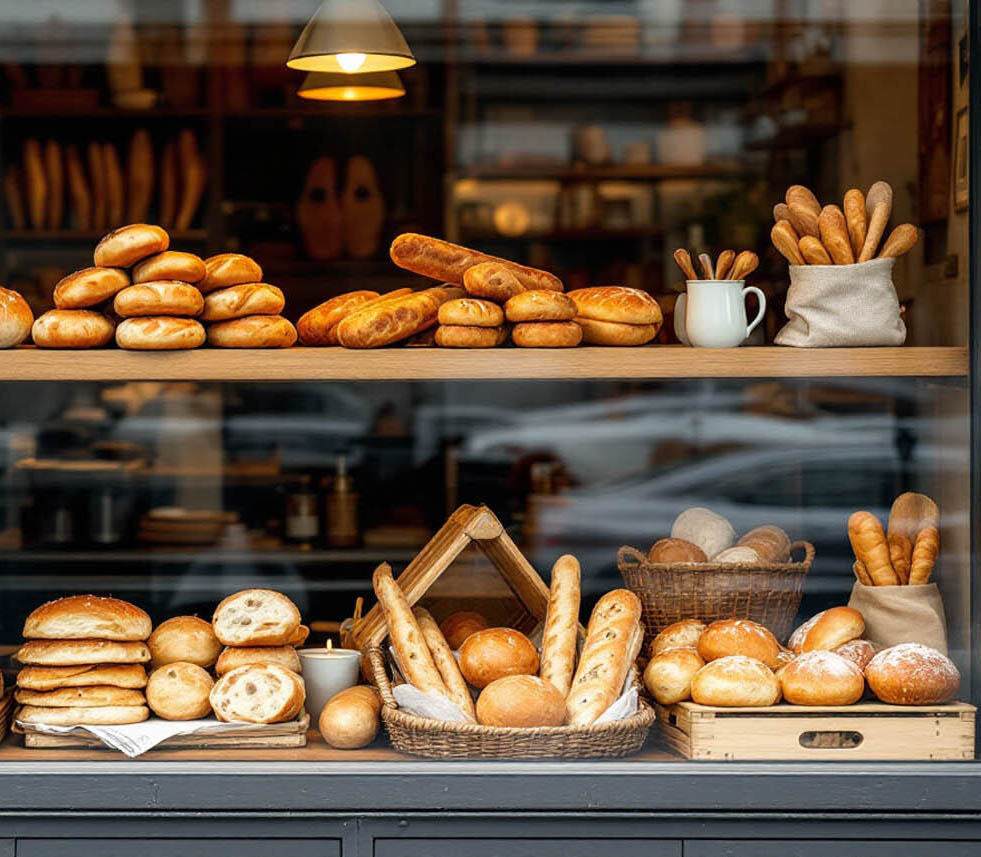
In Spain they are called “puntos calientes“,they are baker shop that sell bread and baked goods, but without producing them directly on site.
This is a very widespread business model, in which a single centralized production plant produces the bread and other baked products, which are then distributed to the various baker shops.
Production Plant:
- Bread and leavened products are prepared and partially baked in a central laboratory.
- Products are often delivered to stores in the form of frozen or pre-baked dough.
Bakery shop:
- The baker shop receives products from the production center daily or several times a week.
Many store and supermarket chains use a similar model for their bakery departments.
Main Advantages:

The point of sale does not need a baking laboratory or an expert baker.

Centralized production guarantees product standardization.

Waste is avoided and deliveries are optimised.

Baker shop can be small and located in strategic areas (stations, supermarkets, street corners). And they can offer freshly baked goods at different times of the day
Centralized Production Plant
Phase 1:
The production of bread begins with the arrival of the flour, which is unloaded and transferred to the storage silos. Here the flour is stored in optimal conditions, ready to be used in the kneading phase.
Phase 2:
During kneading, the flour is mixed with the yeast and water at the desired temperature, precisely regulated thanks to the use of water coolers. This guarantees a uniform and well-hydrated dough. After kneading, the mixture is divided and shaped in the shaping phase, obtaining the desired shapes of bread.

At this point the pieces of raw bread
can take 2 routes:
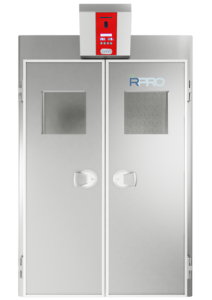
Phase 3:
They are transferred to the proving room, where controlled temperature and humidity favor the development of the volume and the formation of the internal structure.
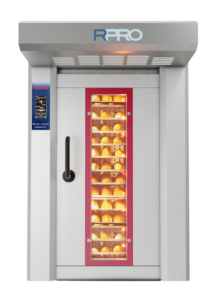
Phase 4:
Once leavening is complete, the bread is subjected to partial cooking lasting 12-15 minutes, a process which stabilizes its shape without completing cooking.
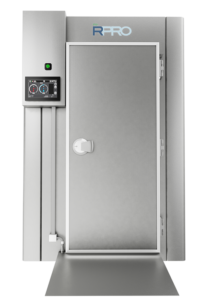
Phase 5:
After a short cooling moment, the bread is quickly introduced into the blast chiller & shock freezer, where rapid freezing takes place. This step is essential to maintain the organoleptic characteristics of the product unaltered.

Phase 5:
The raw bread is transferred directly to blast chiller & shock freezer, where rapid freezing takes place.
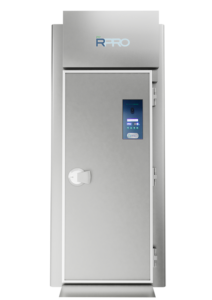
Phase 6:
At the end of both routes, the frozen bread is packaged and transferred to the negative temperature storage room, awaiting distribution.
Baker shop
Phase 1:
The first step is the arrival of the frozen product, which is transported by truck at a controlled temperature to preserve its organoleptic characteristics, guarantee food safety, and keep the cold chain unaltered.
Phase 2:
Once delivered, the bread, raw or pre-baked, is immediately transferred to the low-temperature cold rooms, where it remains stored until it is processed.
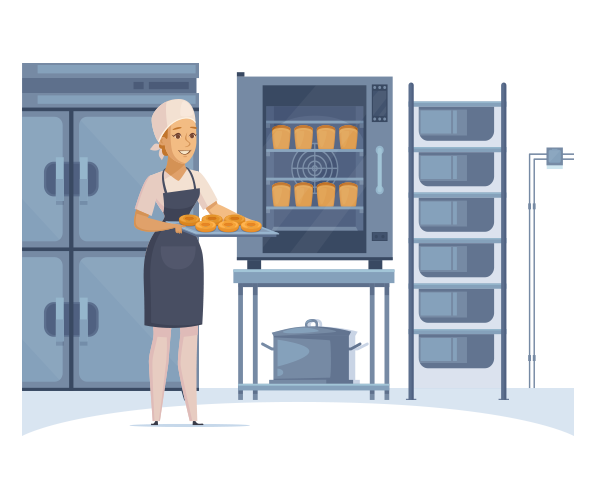
At this point, raw bread and pre-baked bread
follow 2 different routes:
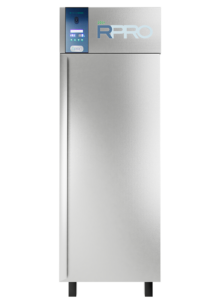
Phase 3:
For raw bread, the next phase is the introduction into the Retarder Proovers uprights, the day before baking, where it is subjected to a controlled fermentation process.
Thanks to a careful balance of temperature, humidity and time, the product rises optimally, developing structure and aroma, fundamental for obtaining high-quality bread.
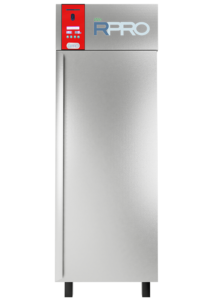
Phase 4:
For pre-cooked bread, the next phase is introduction into the Climatic upright, the day before baking, where the bread will undergo a gentle and gradual defrosting so that the ice crystals formed during freezing do not damage the structure of the bread and the bread does not become excessively wet.
Thanks to this system, Baker Shop chains can standardize product quality, guaranteeing the same level of fragrance and goodness in each location, optimizing processes and reducing waste.
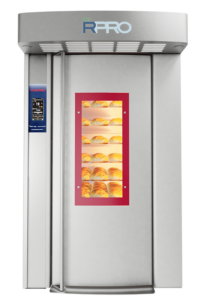
Phase 5:
For both types of products, the following day, at the desired time, the bread is baked. Both paths guarantee the artisan bakery to offer customers various types of leavened products, always fresh and freshly baked.
Insight
Water coolers are essential in the production of leavened products because they allow you to precisely control the temperature of the water used in the dough, thus ensuring a constant, high-quality bread-making process.
In the production of bread and other leavened products, the temperature of the dough is a crucial factor: it influences the fermentation, structure and workability of the mass. Since heat is generated by friction during kneading, the use of water at a controlled temperature helps to keep the final temperature constant, avoiding too rapid or slow fermentation.
Main Advantages:
✅ Dough temperature control – Avoid overheating which could compromise fermentation and the quality of the bread.
✅ Consistency in production – It allows obtaining uniform mixtures in each production cycle, regardless of seasonal variations in ambient temperature.
✅ Fermentation optimization – A well-regulated dough temperature ensures balanced fermentation, improving the development of aromas and product structure
✅ Greater workability – A dough at the right temperature is easier to manipulate and form.
✅ Better final quality of the product – Promotes optimal leavening, guaranteeing soft, well-alveolated bread with a crunchy crust.
✅ Energy efficiency – Avoids the need to cool the dough with other less effective and more wasteful methods.
